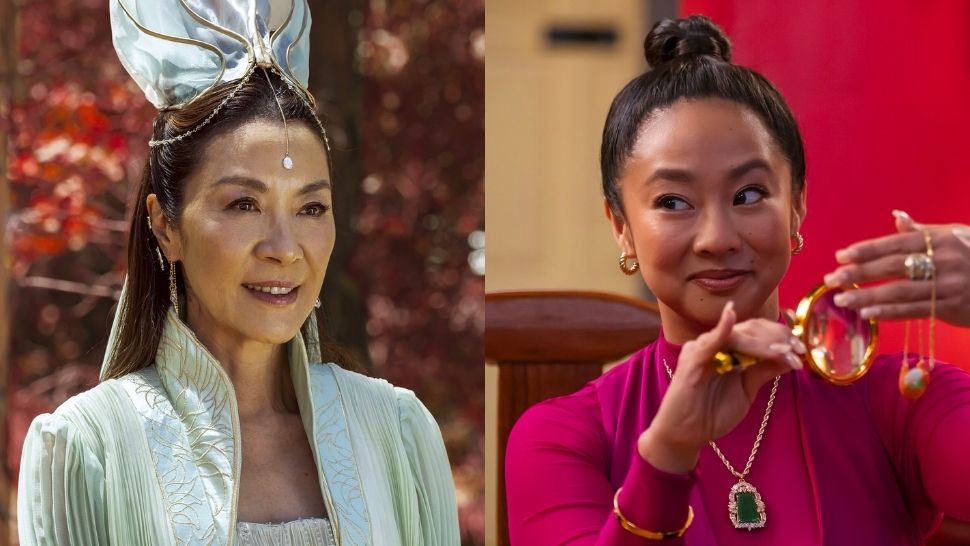The Little Mermaid, MerPeople, and Xenophobia
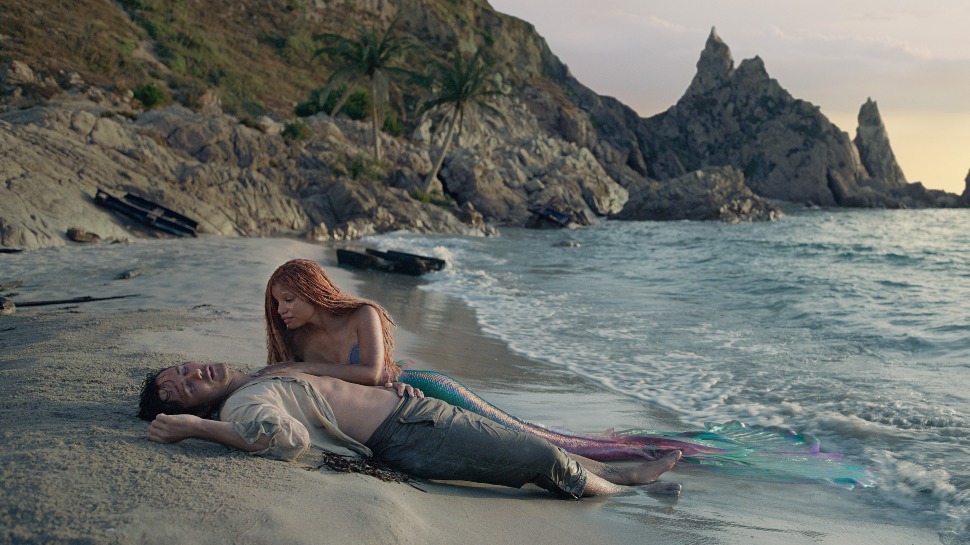
Let’s get this out of the way now: Halle Bailey is Ariel. Out of all the things that could’ve gone wrong with a live-action adaptation of the beloved 1989 animation, casting Bailey as the titular Little Mermaid isn’t one of them. The moment Bailey starts to sing, it’s magic.
It probably helped that MerPeople dropped on Netflix before the newest live-action Disney adaptation hit the theaters. A docuseries on professional mermaids, MerPeople gives an insight into the fascinating world of mermaiding, a physically demanding, dangerous endeavor where people don mermaid tails and perform underwater. It’s enchanting, magical, and maybe just a little bit crazy how some people devote so much effort and resources to becoming a creature of myth. By the end of the four-episode series you’ll gain respect for the profession and maybe even, if you hadn’t already, fall in love with mermaids.
Also read: Director Rob Marshall on the Underwater Cinematography of The Little Mermaid
Seeing mermaids perform underwater in MerPeople is already amazing, but seeing mermaids bob and weave through corals and dart through aquatic flora with the help of prosthetics and CGI is hypnotic. I’d honestly begun to question the necessity and wisdom of remaking Disney’s animated classics. Sure, The Lion King might have made a billion dollars, but nobody aside from Disney’s execs loves it more than the original. In fact, there’s something bizarre and off-putting about realistic animals talking and singing. Ok, Cinderella and Beauty & the Beast were terrific, but Mulan was an unmitigated disaster and Aladdin was, at best, a forgettable distraction. So when they announced a live-action Little Mermaid, the whole world didn’t really hold its breath.
Let’s address the elephant seal in the room: Halle Bailey is black. 1989 Ariel was a redheaded white girl. When Bailey was cast as Ariel, the Internet lost it. The racists came out swinging, decrying the new adaptation as ruining their childhoods. Never mind the fact that a lot of angry chatter came from straight, mostly white men, so if The Little Mermaid was integral to their childhood, maybe they have more issues swimming in their psyches. But even casual fans criticized the race swapping, forgetting for a moment that mermaids don’t actually exist and, therefore, can actually be of any ethnicity.
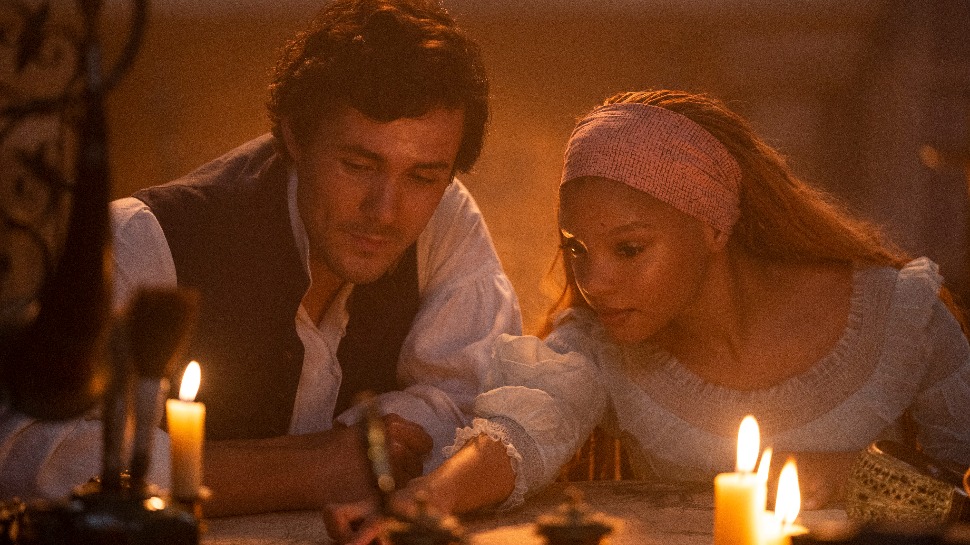
Disney, on the other hand, understood the assignment and doubled down on it by having all of Ariel’s sisters be of various skin colors. And wow, they’re beautiful. All of Ariel’s siblings are fantastical, colorful, and enchanting with fish halves as myriad as their human ones. People crack jokes about King Triton (Javier Bardem) having a different wife at every port, but nobody mentions that it’s actually scientifically possible for two people with completely contrasting skin colors and different ethnic features to come from the same mother while it’s currently scientifically impossible to be half-fish
Look, it’s about a mermaid. Her best friends are a talking ghost crab (Daveed Digs), a gannet (Akwafina), and a fish that’s most definitely not a flounder (Jacob Tremblay). We can all agree that live-action Flounder is more than a little terrifying and probably hangs out with Ugly Sonic in his spare time, but the point is, mermaids aren’t real. They’re magic. I mean, ghost crabs can’t actually survive underwater and animals really can’t talk, so it really shouldn’t be a big deal. Critics can’t cherry-pick their science when the star of the entire film is a cryptid.
So when Disney cast a young, black singer as Ariel, not only shouldn’t it have been anything to fuss over, it should’ve been something to celebrate. In MerPeople, viewers are introduced to Chè Monique, a professional mermaid who is not only black but plus-sized. Monique founded the Society of Fat Mermaids, a size-inclusive community that welcomes mermaids of all colors, shapes, and sizes. A fat, black mermaid with her natural black hair is a far cry from the skinny redhead of 1989 and definitely not the traditional ideal in fantasy illustrations. Chè Monique is ushering a tectonic shift in perceptions, challenging the status quo and revising our expectations of what mermaids should look like.
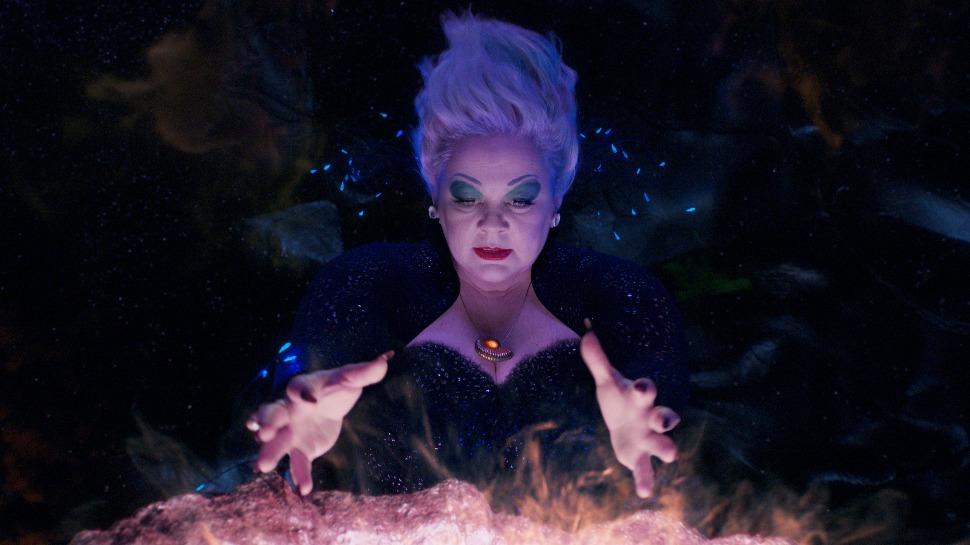
Monique is actually a little more like Melissa McCarthy, who plays Ursula, the sea witch who takes advantage of Ariel’s longing and naivety to get back at Triton. McCarthy is highly entertaining, completely throwing herself into her role, but neither she nor anyone else does the classic songs any justice — except Bailey. Sebastian’s "Under the Sea" eventually crescendoes into a truly fun number but takes so long to ramp up that it gives you time to miss the original; "Poor, Unfortunate Souls" is terrific, but McCarthy is no vocalist, and she powers through the song mostly through dramatics. "Kiss the Girl" is cute and fun, enough to make you not notice the subtle insert of lyrics about consent, but it doesn’t have the kilig factor of the original.
But Bailey is a mermaid. She is Ariel, and her siren songs put everyone under a spell. She makes you wish you could be part of her world. And it’s a colorful, inclusive world that’s just a little different from what we’re familiar with. Prince Eric (Jonah Hauer-King) is actually the white adopted son of a black Queen (Noma Dumezweni) of a Caribbean kingdom, so Ariel actually blends in more with the people than the crown prince himself. It’s clever and subversive because ultimately, The Little Mermaid is about xenophobia.
Sure, the queen and the rest of the kingdom treat Eric as one of their own. There’s no racial tension in this little island kingdom. Under the sea, King Triton adores his United Colors of Benetton daughters as well as a great many creatures of the ocean. But they all draw the line when it comes to species! Triton says 'humans bad, mermaids good' and the queen says vice versa. It’s a dislike for the other, the unknown, driven by fear and the generalization of an entire people based on the actions of a few. It’s slightly uncomfortable because it’s so familiar.
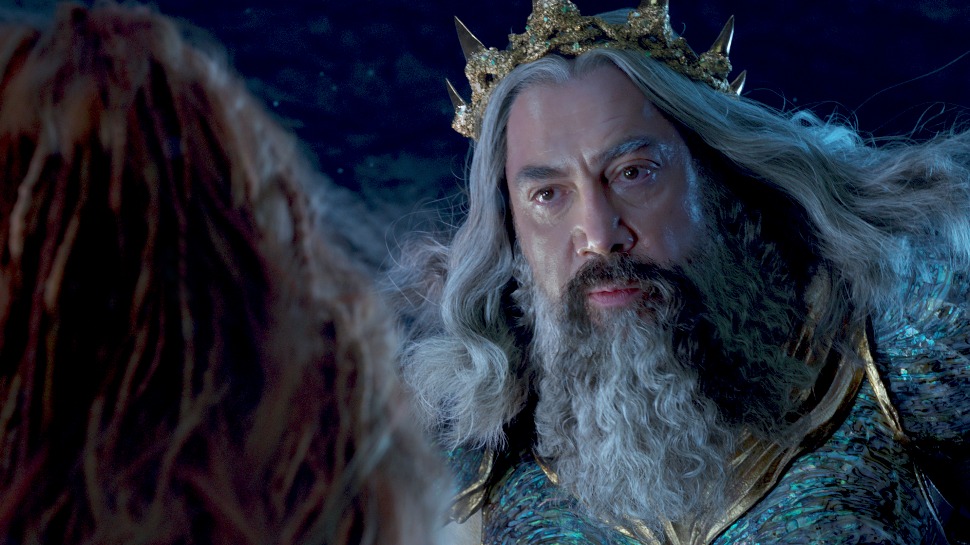
Eric and Ariel are xenophiles who collect artifacts from each other’s cultures. Their curiosity and interest in all things outside of their world are what draw them together, and it feels more organic and earned than the original. Sure, Ariel is still kind of a thirsty teen who wants to marry the first dude she sees, but Ursula put a three-day timer on her curse, so we’re kind of on a tight timeline.
Ariel literally puts Eric under her spell by using her siren song to save him, resulting in him going a little crazy and getting his own musical number, "Wild Uncharted Waters." That little twist of magic explains why he never realized Ariel was the girl he was looking for all along. His xenophilia is new for 2023 and a proper reflection of Ariel’s obsession, which makes him a lot more interesting than 1989’s himbo.
Halle Bailey makes the whole thing work. Disney understood that the crux of the story is xenophobia, maybe with shades of Wakanda Forever, so casting Bailey as Ariel was meta. Hans Christian Andersen’s tale has a radically different ending and purpose (the Little Mermaid wanted a soul and turned into sea foam after the prince marries someone else) from Disney’s 1989 adaptation, so critics can’t be purists about it. Even though Disney’s live adaptations have been hit and miss, if they can hit a home run like The Little Mermaid, I say let them keep swinging.
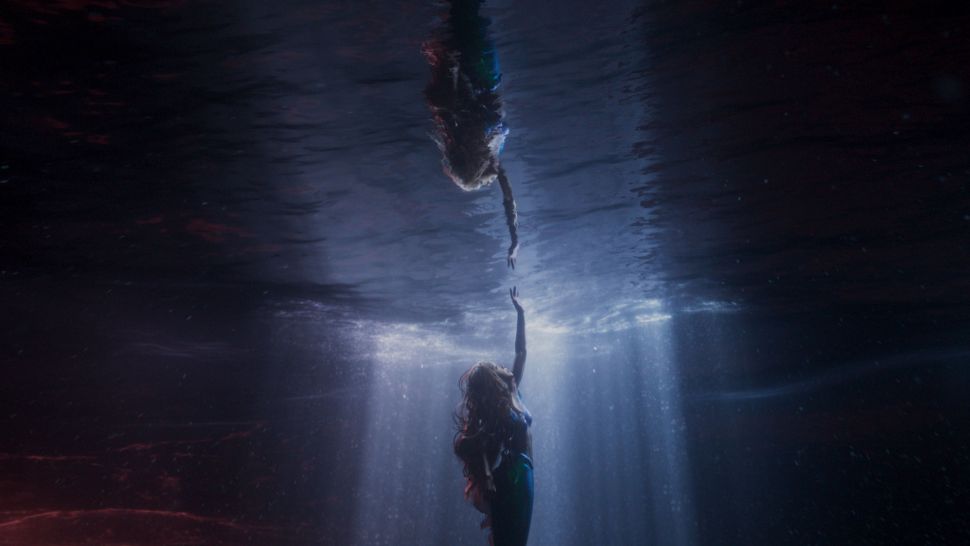


.png)
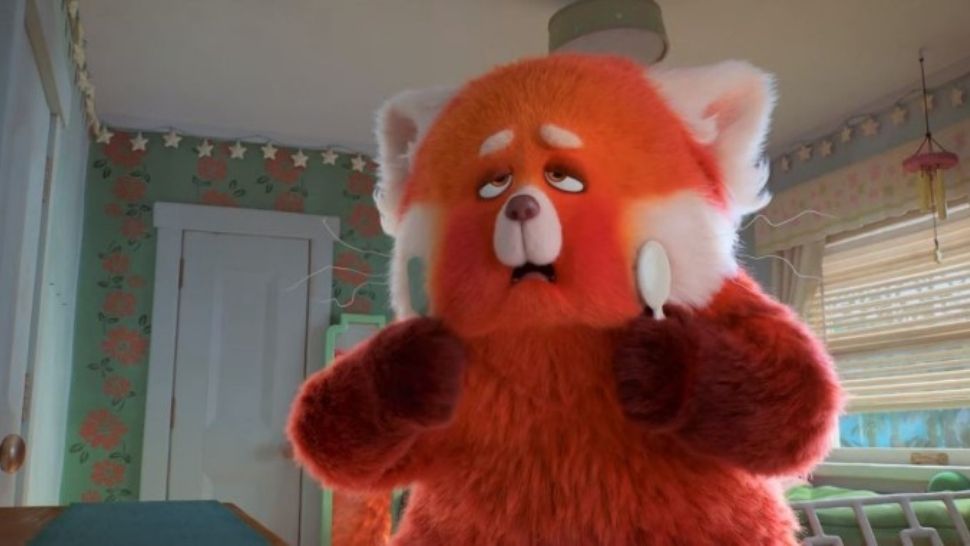
.jpg)
